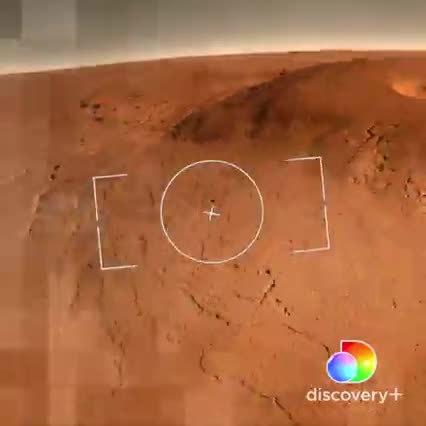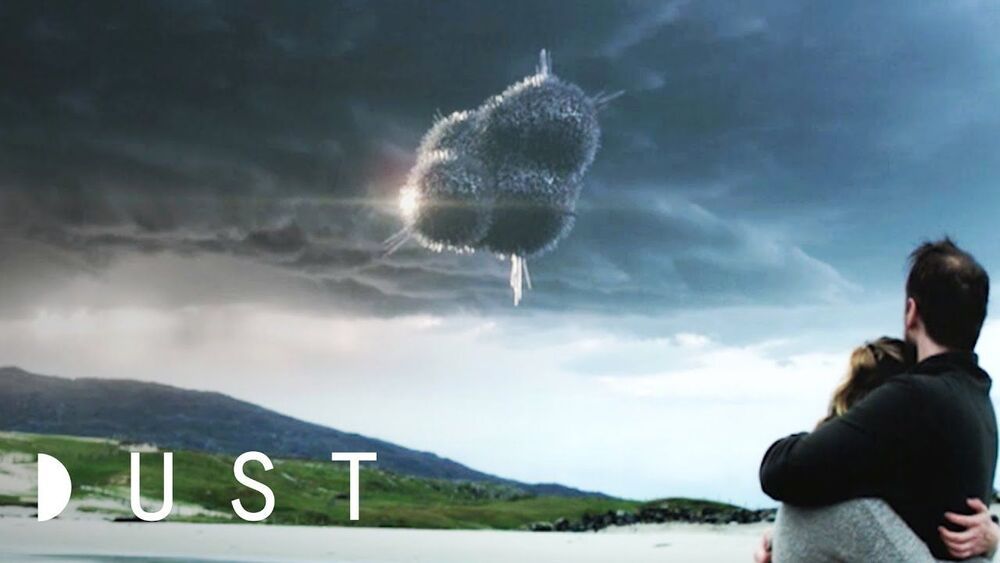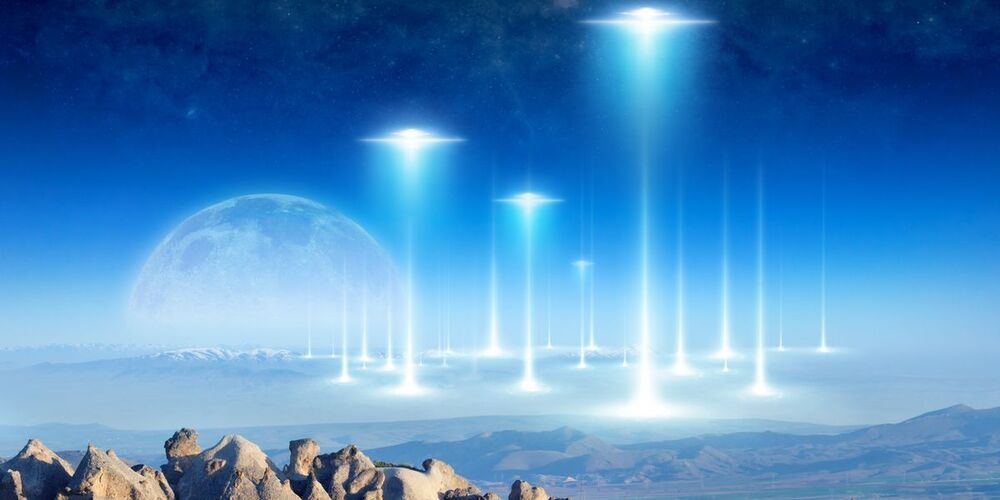Mar 1, 2021
Neil deGrasse Tyson — Mind-Blowing Facts About The Universe- Top Speech
Posted by Lon Anderson in categories: alien life, physics
Neil degrasse tyson, science, neil tyson, neil degrasse tyson (organization leader), tyson, neil, astrophysics, degrasse, cosmos, space, universe, earth, startalk, ndt, aliens, mars, comedian, atheist, chuck nice, hayden planetarium, god, physics, astrophysicist, asteroid, comedy, atheism, interview, star talk, mkbhd, stars, time.

















